|
We spent last night at a casa in Camagüey not far from where Douglas lives so after picking him up this morning we set off to obtain permits for the sites we were going to visit in the next couple of days. It took a while, such is the pace of things in Cuba, but once armed with the right pieces of paper from the Ecotur office we set off with our taxi driver Ricardo to Sierra de Cubitas. We have been here once before and as we drove through the savanna grasslands with the line of hills just ahead of us, Ricardo stopped the vehicle as a Crested Caracara was striding along the road to greet us. Unfortunately another vehicle came along and frightened it off otherwise I might have got some decent shots. They had had quite a lot of rain recently and the approach road to the entrance had running water along its length but the park itself was fine. On arrival at the centre it didn't take us many moments to realise that the mozzies were a big problem so we quickly applied a generous application of Deet. Around the base of a tree were several large black millipedes each about 300mm long. Doug told us they could squirt a painful spray so we didn't pick them up. A pair of Cuban Green Woodpecker were feeding just above. Despite being so far inland the park had clearly suffered quite a bit as a result of Hurricane Irma. Here we were three weeks after it had passed and they still had a dozen staff out working every day to clear up the damage and clear the main trail. The chief at the park centre was clearly not happy that permits were still being issued at the office in Camagüey when they had told them to wait until the clearance work had been done. Anyway it was fine and we had a nice walk and found some nice things though it was clear that a lot of trees had been brought down and the area was much more open than we were last here. As well as the woodpeckers we also saw Cuban Peewee, Cuban Trogon, Cuban Oriole, American Kestrel and Ovenbird. And there were also quite a few reptiles mainly Cuban Side-blotched Curlytail Leiocaphalus macropus and Cuban Brown Anole Anolis sagrei (at least that's what I think it is). There weren't as many butterflies as we were expecting but still there were some nice finds including several Whitish Yellow Pyrisitia messalina and larvae of Canna Skipper Calpodes ethlius growing on a patch of Canna sp by the trail. This was a first for me though Douglas had showed us two larval shelters in his garden yesterday. Doug also found a small group of Polydamas Swallowtail Battus polydamas larvae under a leaf of Aristolochia ringens. and another of Gulf Fritillary Agraulis vanillae. On our way back out towards the main road we stopped for a few minutes to check a Bauhinia for larvae but the only thing we saw was an anole that quickly ran away out of view into the smaller branches higher up. It looked a good candidate for Dwarf Green Anole Anolis isolepis apart from the fact that it doesn't occur further west than Holguin Province I believe so it remains a mystery and i didn't manage any pictures. Back on the tarmac road we stopped for a while in the savanna grassland to see if we could add some more butterflies. There were several Cuban Blue Anole Anolis allisoni and on crossing the road Doug had a brief view of a Common Buckeye Junonia coenia and then found a tiny but beautiful male Nanus Skipperling Oarisma nanus. We had been watching some large black clouds approaching but although we were only 30m from the vehicle we didn't allow for crossing the ditch full of water so by the time we climbed in the safety of the car we were soaked to the skin much to Lynn and Ricardo's amusement as they had been watching us from the dry.
0 Comments
Leave a Reply. |
Welcome to our Blog
Here we will post interesting news about what we and others have seen in Cuba. Archives
July 2024
Categories |
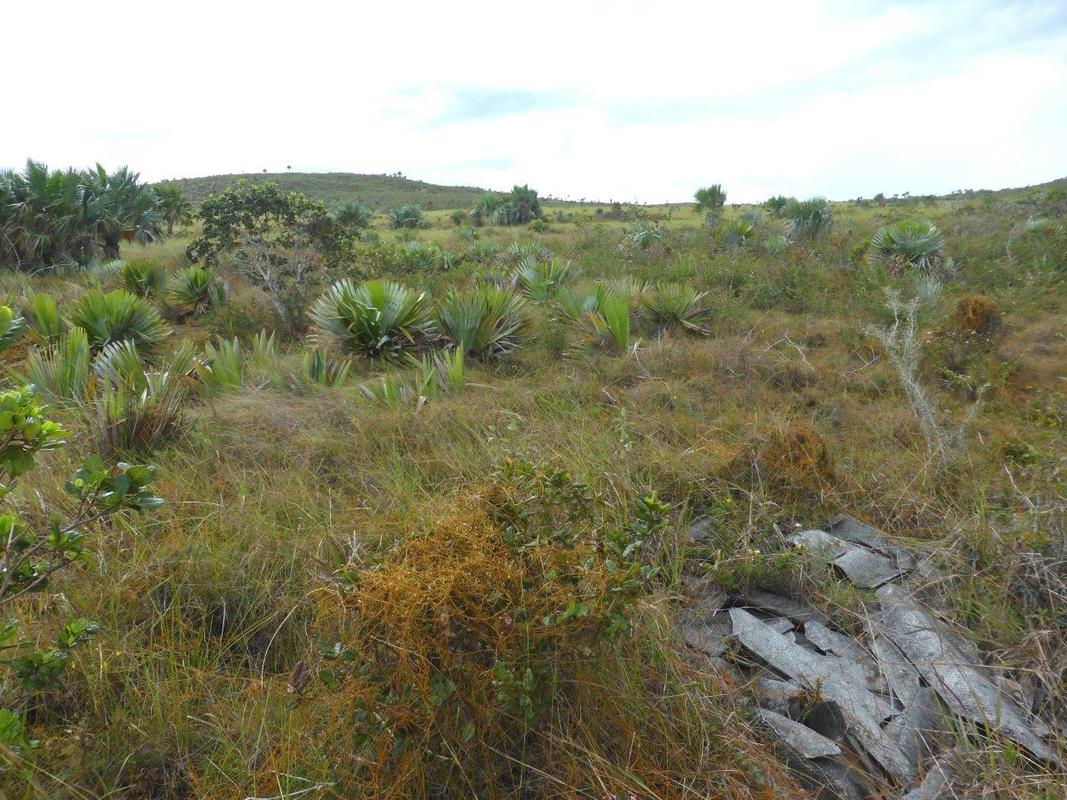
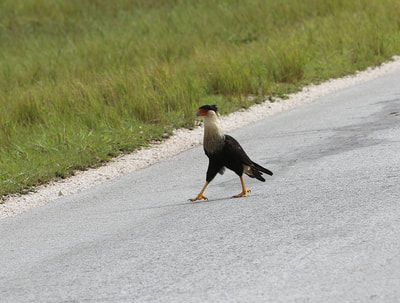
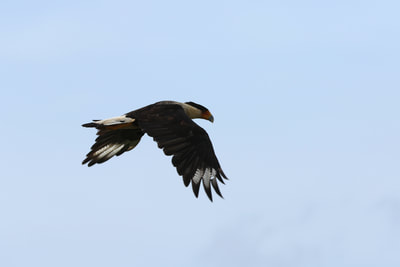
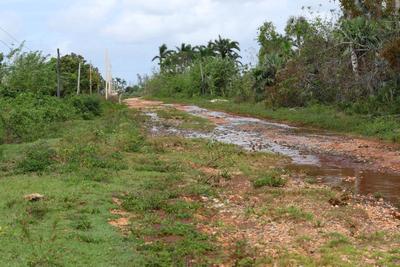
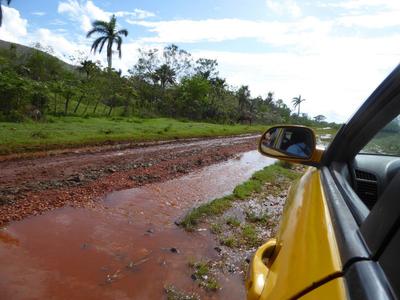
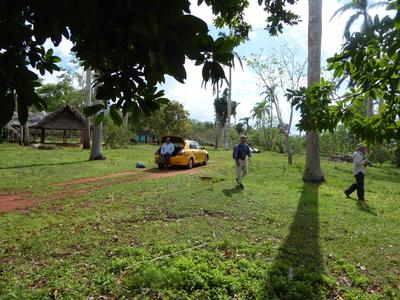
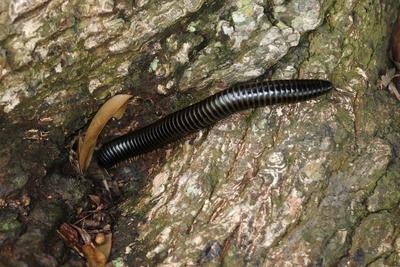
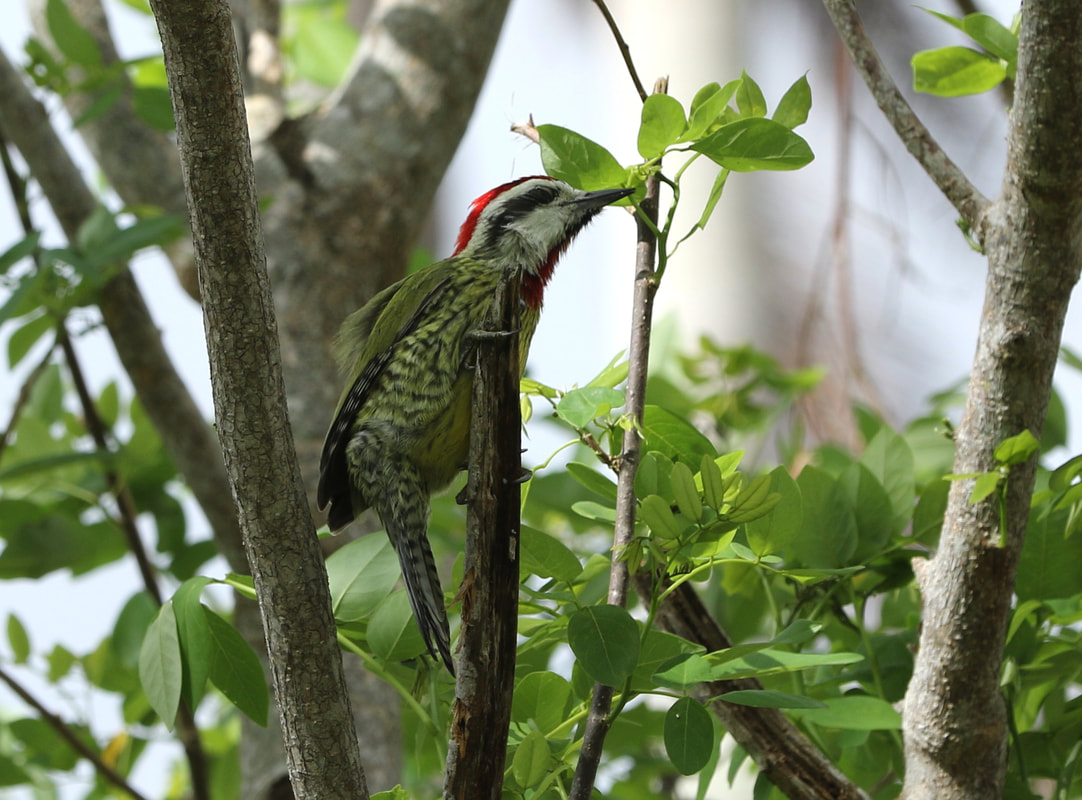
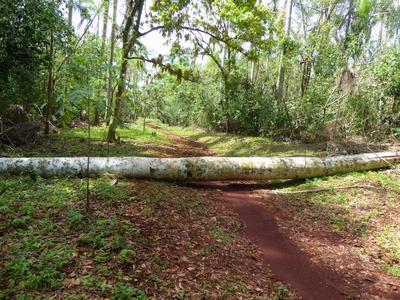
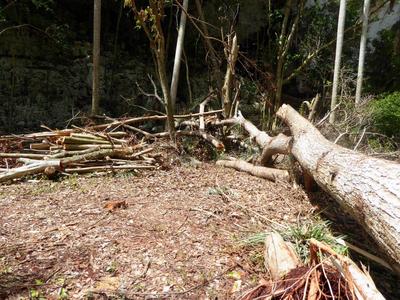
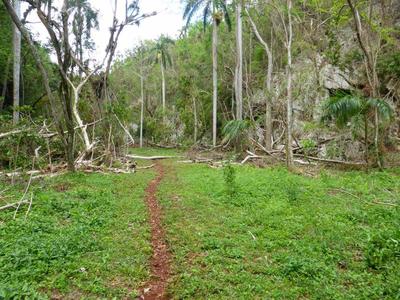
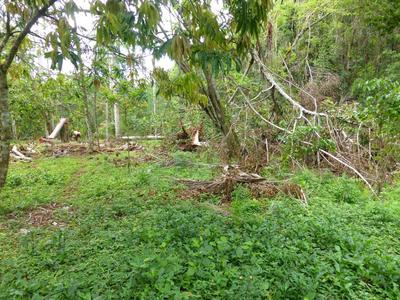
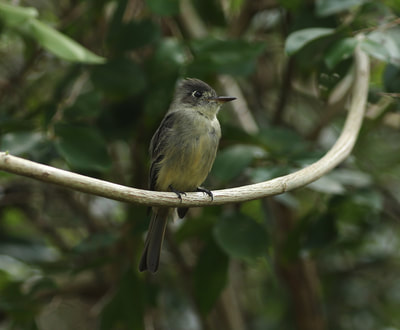
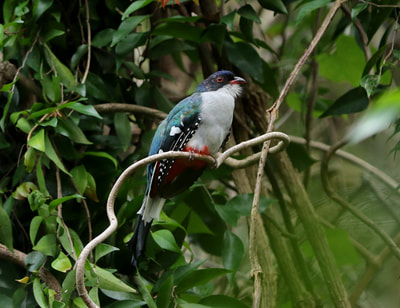
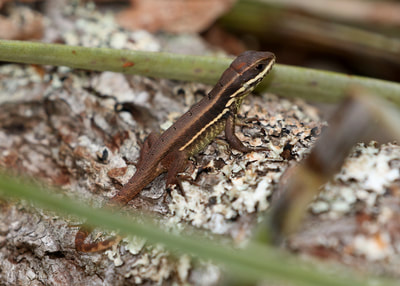
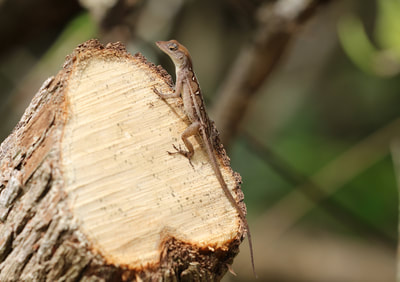
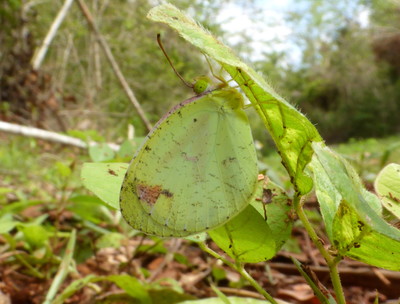
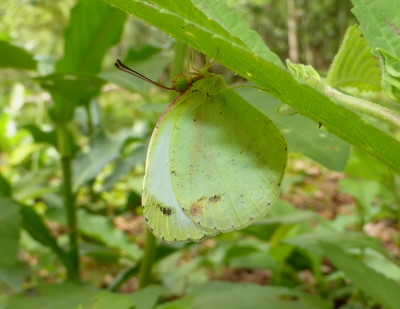
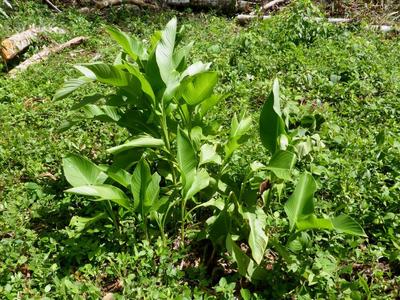
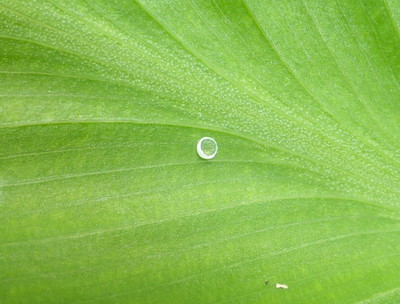
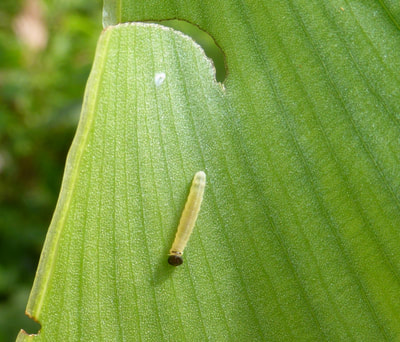
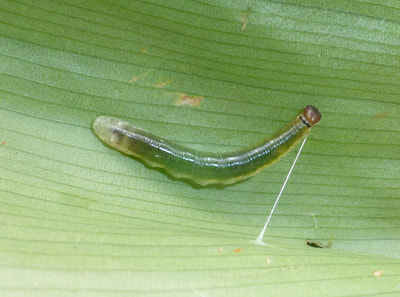
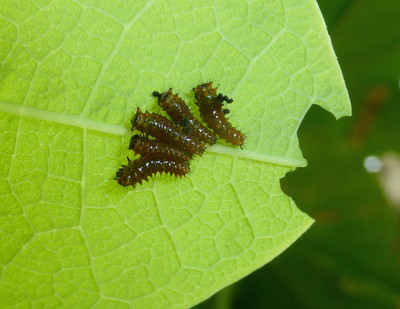
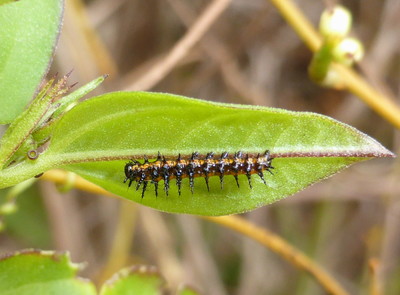
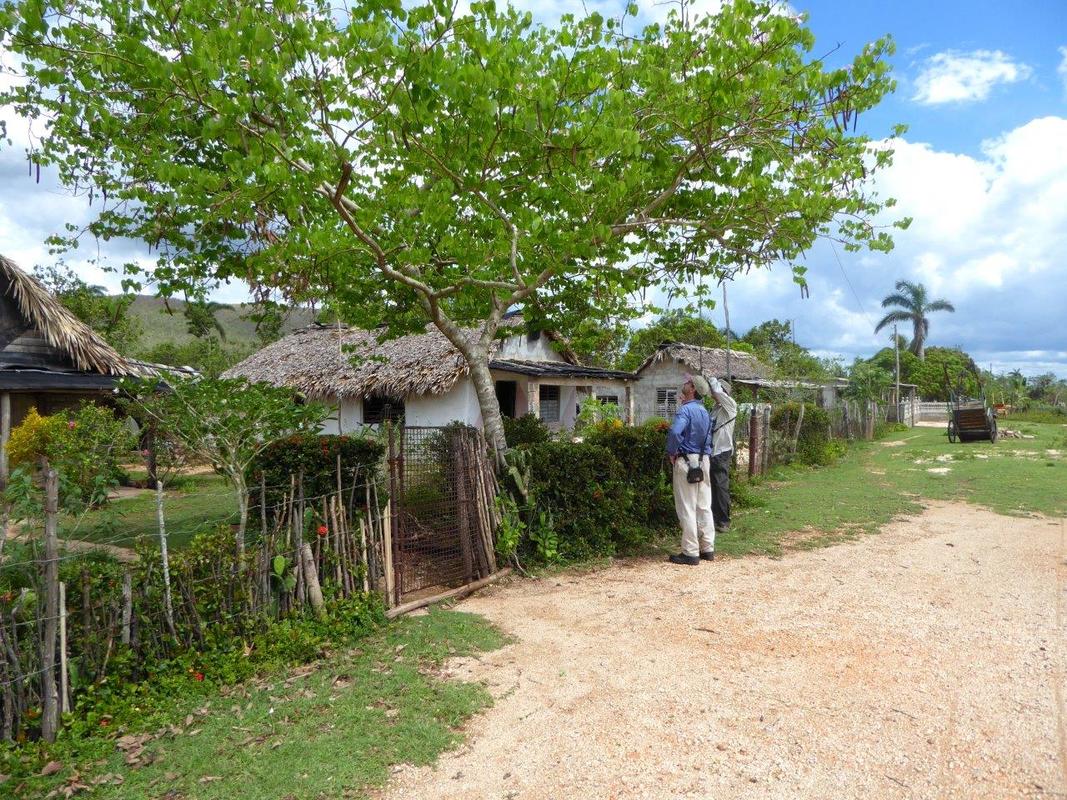
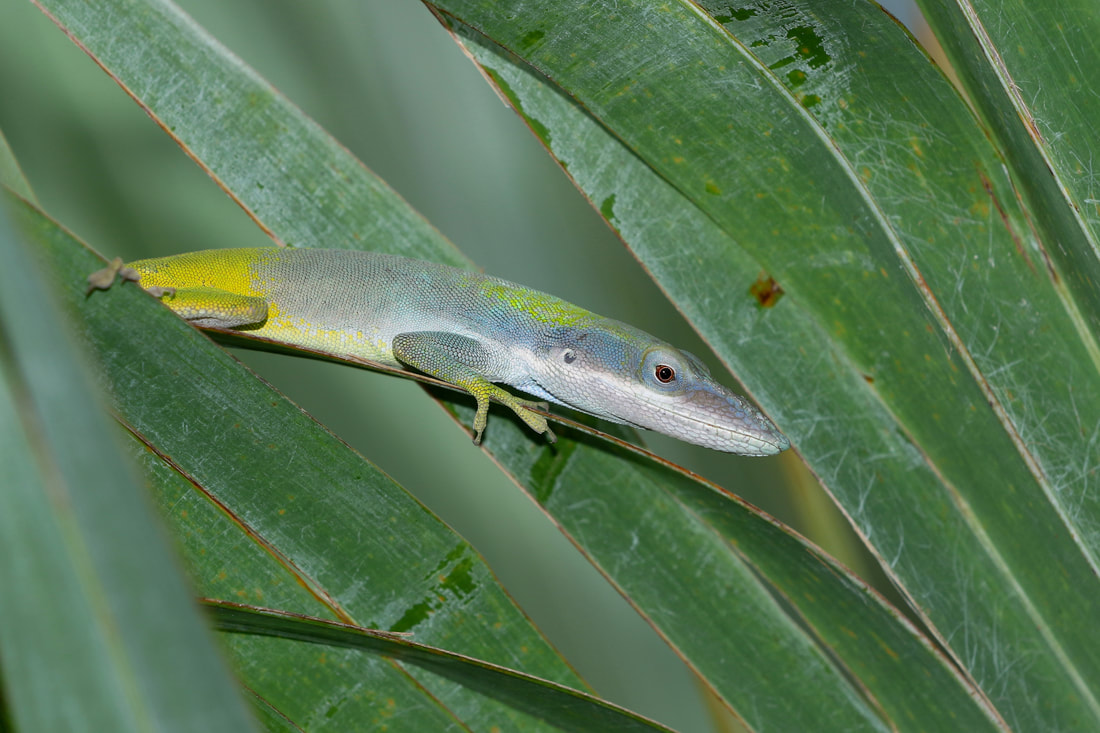
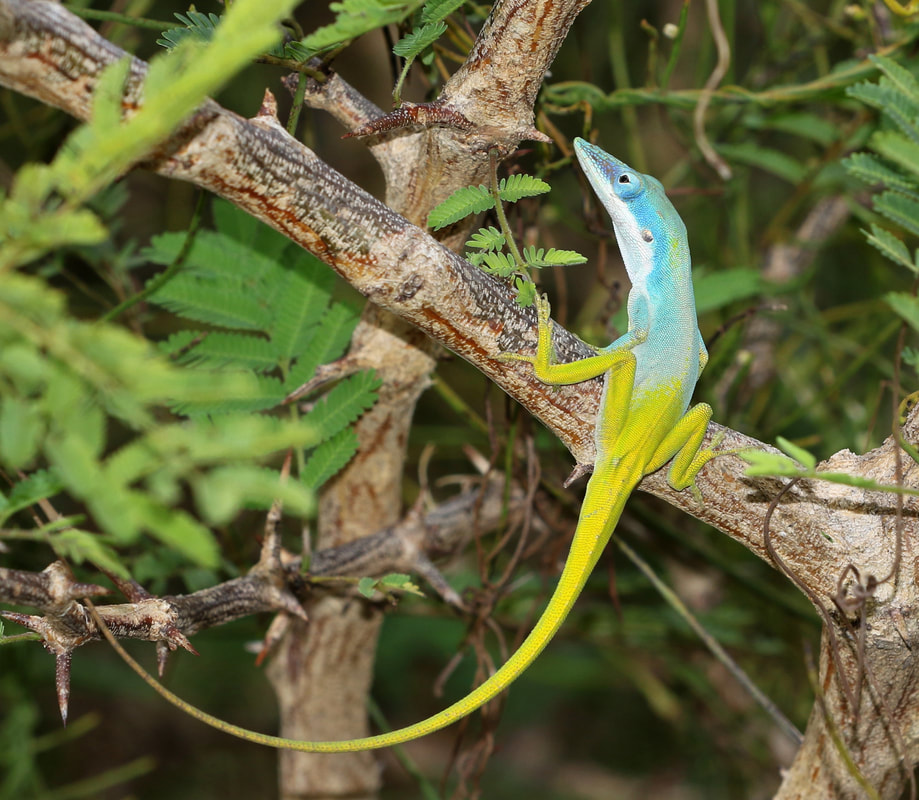
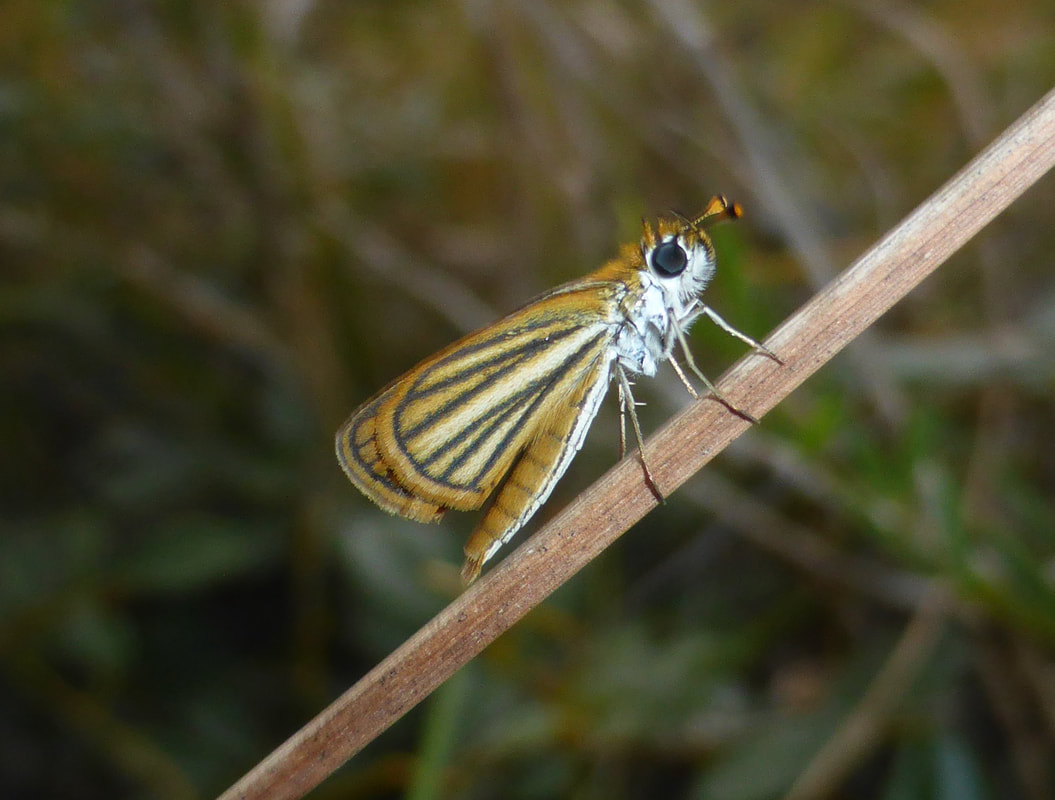
 RSS Feed
RSS Feed